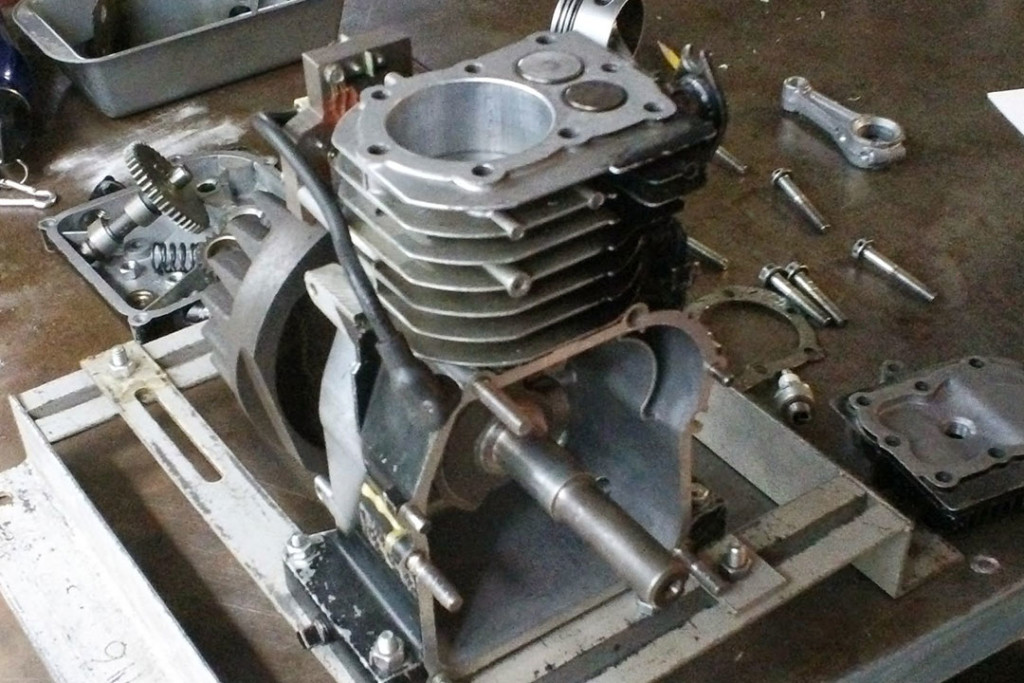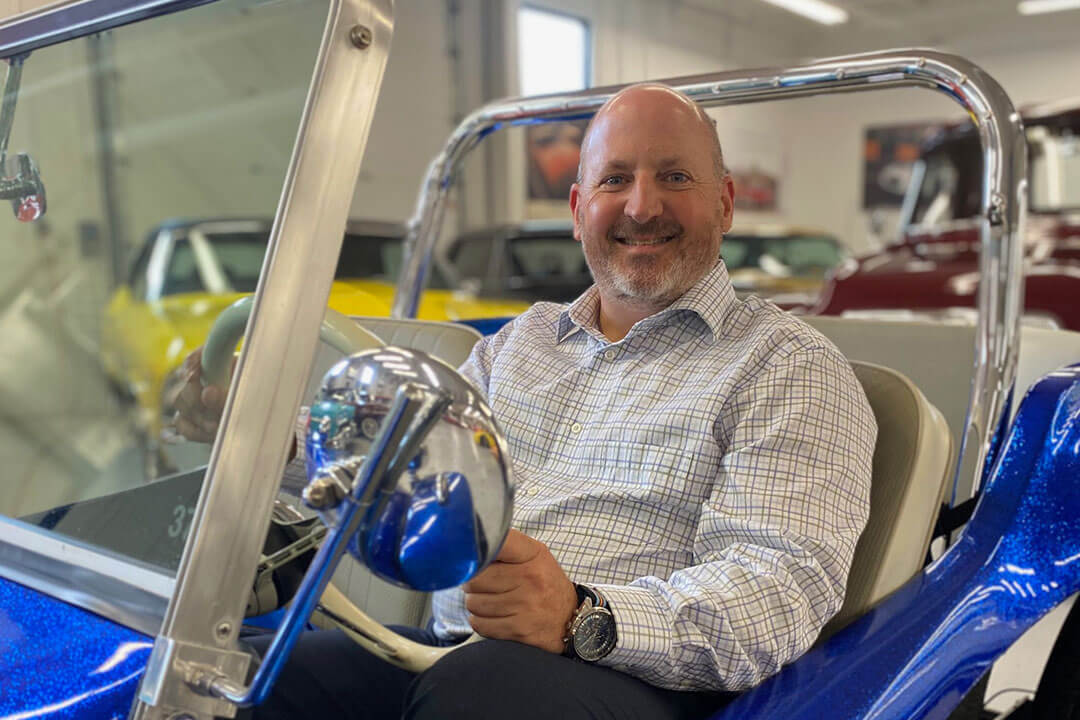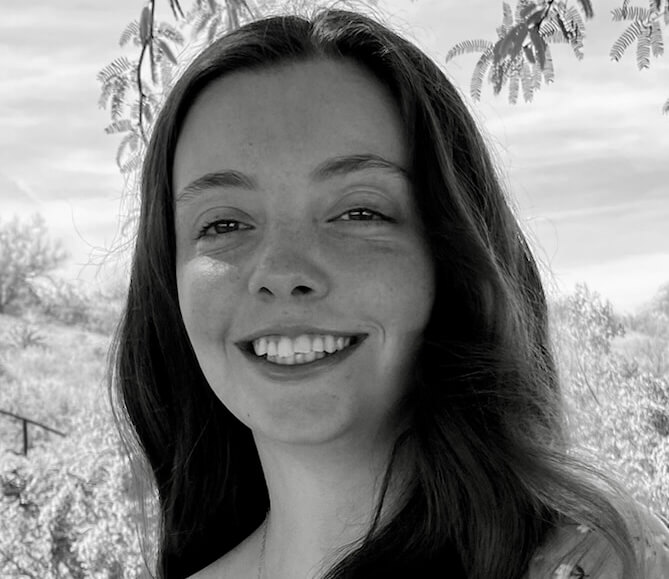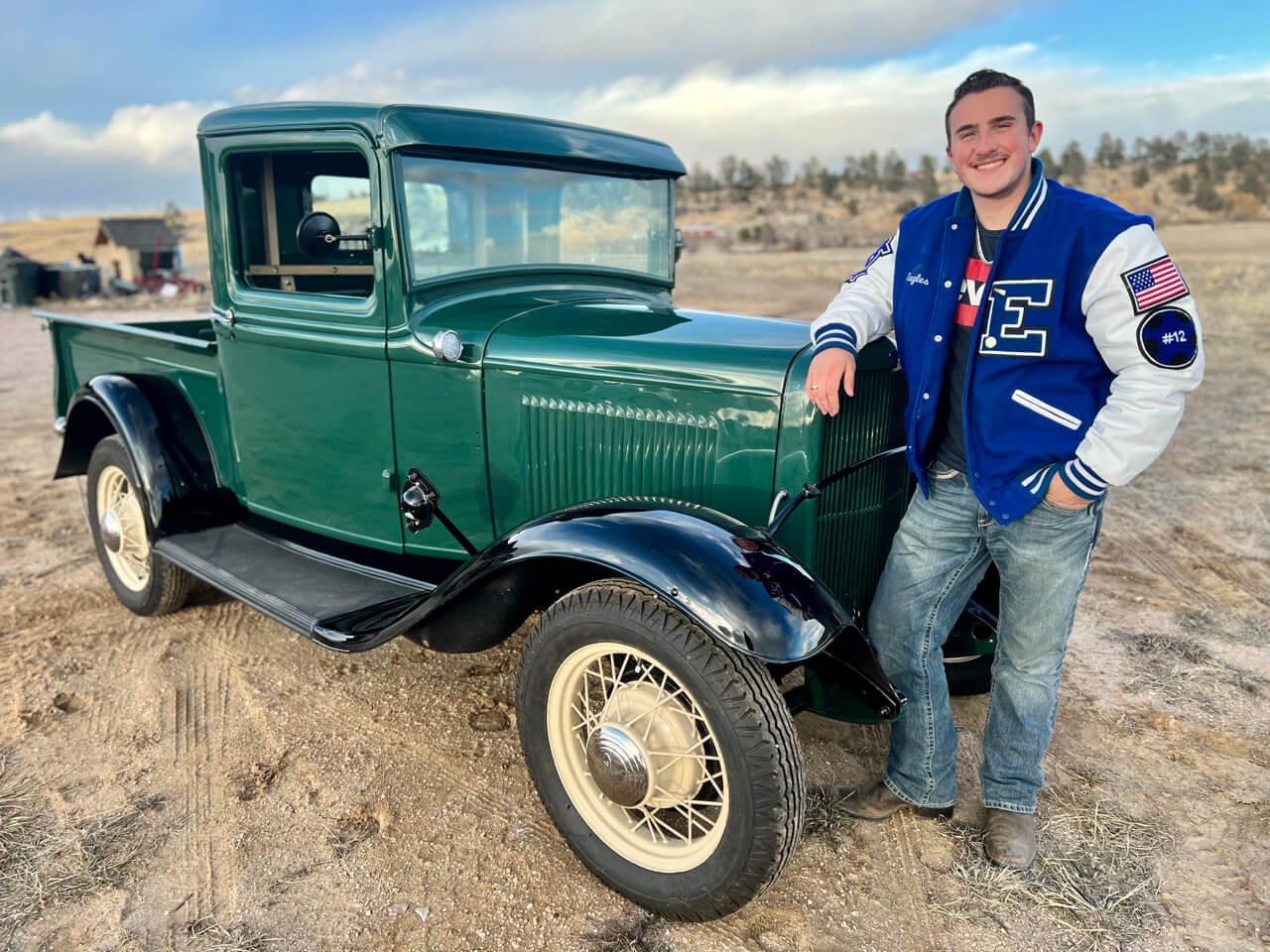Ron “Mr. G” Grosinger Talks Skilled Trade Education
Ron “Mr. G” Grosinger takes the Piston Foundation behind the scenes as he describes his classroom at Memorial High School in West New York, N.J.
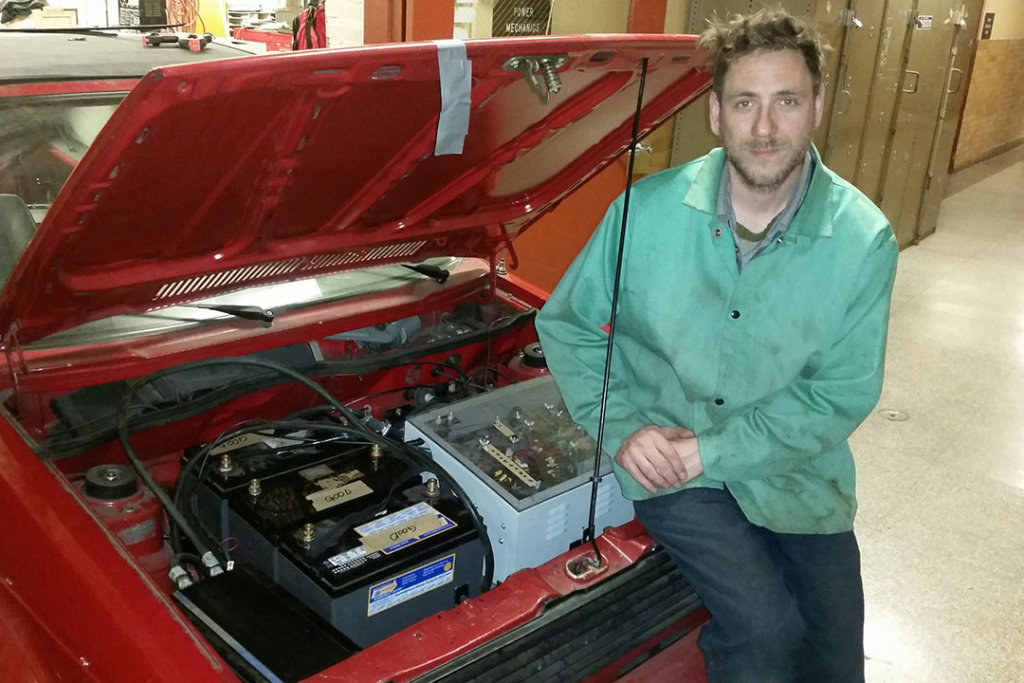
By Robert Minnick
November 26, 2021
[addthis tool=”addthis_inline_share_toolbox_a1tk”]
This is an introduction to mechanical and electrical engineering in West New York, NJ. You can see the city skyline from here, with a perfect view of where Sully landed his plane on the Hudson River.
We teach piston engines, taking a lawnmower apart and running the engine outside of the mower on a bench. Then, we take the engine apart and put it back together again. There is one moment, right before we try to start it again, where we don’t know if it’ll work. But, if it does run, the kids know they did it right and feel so proud.
Did you always want to teach skilled trades?
No! I went to school for product design because I wanted to draw cars for a living. What I didn’t understand then was that you can’t draw fantasy. You need to be able to bring that car to market and through production. It has to appeal to customers and you need to think about how it would be manufactured, right down to which plastics to use. You have to be one-third engineer, one-third designer, and one-third marketer.
I found a job where you can draw and build what you want as long as you bring teenagers along with you. People call what I do teaching but I call it drawing and making cars. And they pay me for it!
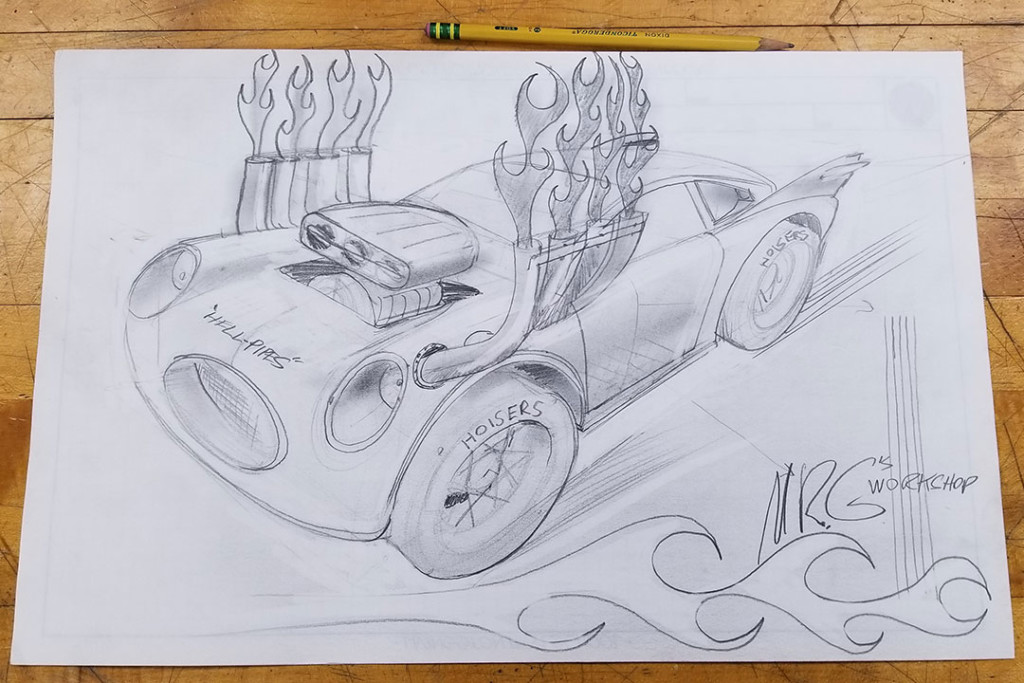
And do your students know they want to spend their time in skilled trade education?
Kids usually end up in this class by mistake or were advised to take a STEM class. I get them hooked on competition, by introducing them to small projects. We start by making a flashlight. That’s a battery, switch, bulb, and some wiring. I tell them that the flashlight has to work after being dropped from a height of five feet. They do that using any material they want.
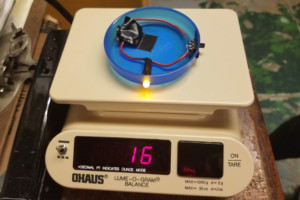
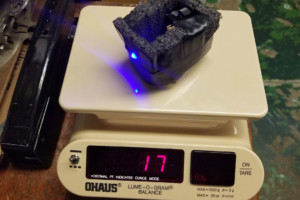

I tell them, great, they passed the first requirement. Next, I put the flashlights on a scale and the lightest one wins the competition. They want to win. They find out that their friend in another class put up a score of 100 grams. So, they make a flashlight that weighs 90 grams. That’s what engineering is: making a lighter, faster car. If you go back in history, you see that Ferrari did well because they could get more horsepower more often from an engine that met the size requirements. There was no limit on the number of pistons so they put in 12 and made the body lighter and slicker.
One girl in a class pointed out that her flashlight was the strongest. She asked what the winning weight was: 7 grams. Hers was 100 grams. She threw it out and started over, which was good. In fact, girls are always in the top five because they’re careful, competitive, and think beyond just changing out parts. They ask, “How can I make a better device?”
The project is fun and exciting. Small projects like that or working on bicycles get kids ready to learn and advanced students work on cars.

What do you teach in addition to design in your skilled trade classes?
We offer classes on welding, repair, and electric vehicles. We have a lot of cool equipment, including an English wheel and a pullmax, power hammer for fabricating compound shapes. Students can learn a lot by learning how to shape metal.
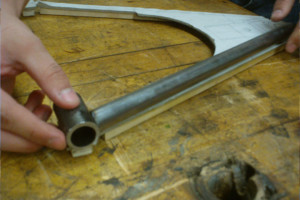
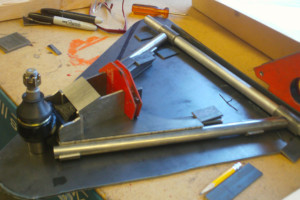
You can bend a piece of paper in one direction but you can’t make a bowl because the paper will crinkle. In a car, you need bowl shapes for fenders and roofs. You want to stretch the metal like a balloon or, in other areas, shrink the metal to get the piece to sit down.
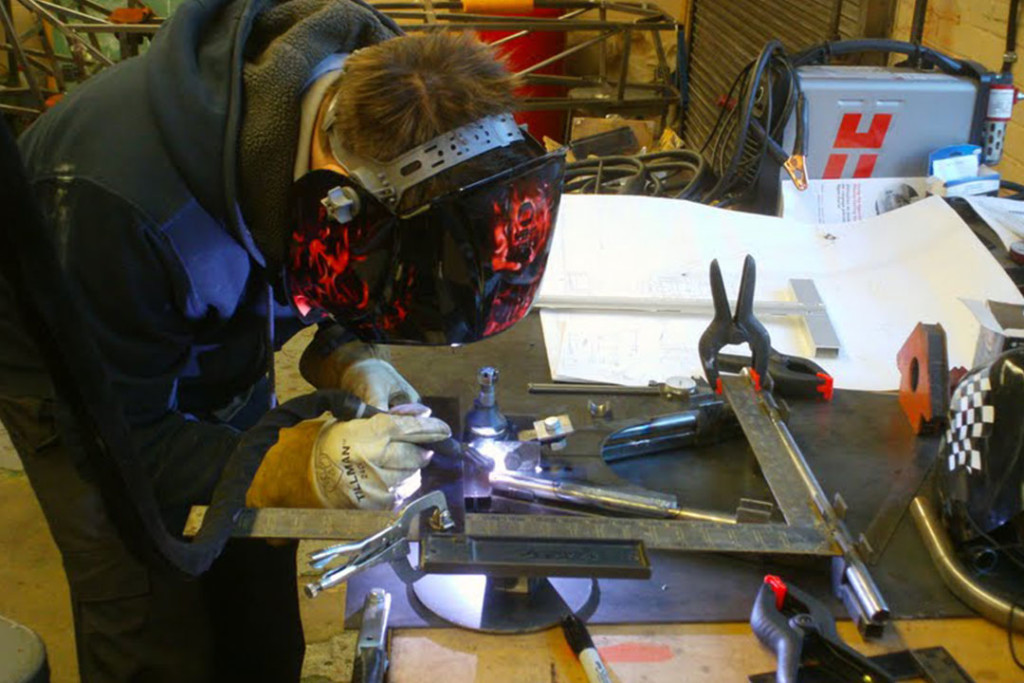
Do you agree with people who think that students are taking your skilled trade classes as an alternative to college?
I’d like to offer another point of view. We talk about the choice between working with your hands or going to college. The idea of going to college to avoid working with your hands is false. The reality is, if you go to a top engineering school, you will use prototyping. If you go to college, it’s even more important that you use your hands. If you can’t, your studies are going to suffer.
Imagine if you read every book on how to ride a bike. You study the wheels and took tests on types of bikes and how they work. You get good grades but can you actually ride a bike? No. There’s no way around it. You need to experience some things to learn them. Hands on experience can be an advantage just as much as study skills.
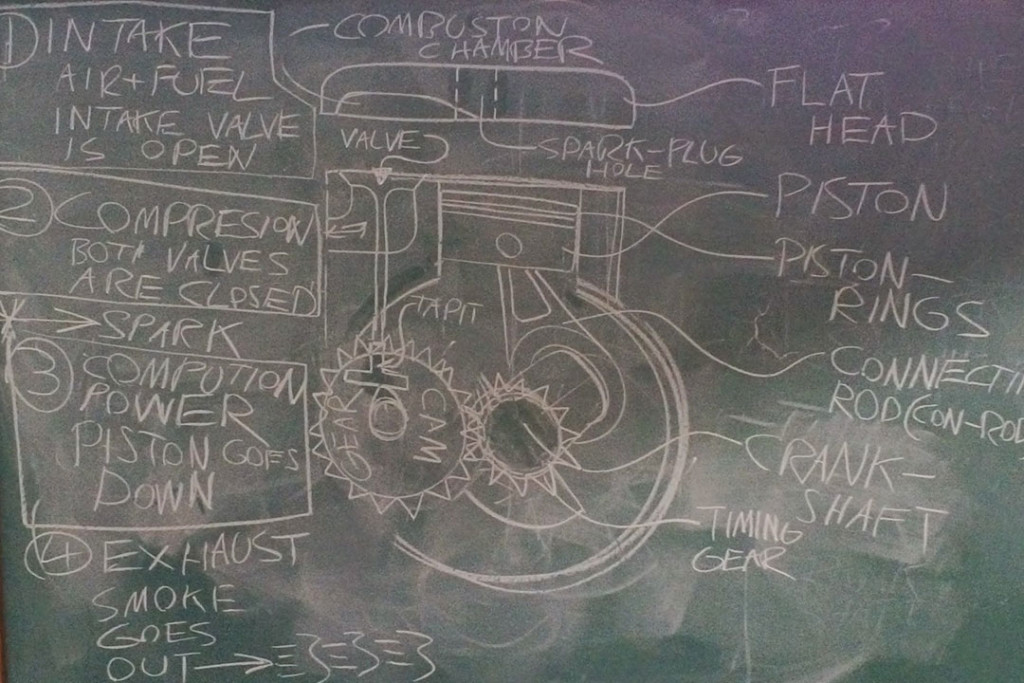
You seem to have a passion for helping students find their path in life. How does that fit with skilled trade education?
A girl in my class wanted to learn how to weld. Then, she wanted to go to the next level. She learned mig welding and then I taught her the highest level I could teach: tig welding. That is the kind of welding you use in the collector car world to get a clean weld. You can make frames or roll cages or repair an engine with that skill. I gave her a broken, tube frame chair. She fixed it. When she went to college to study engineering, she walked into an SAE club and, as a freshman, was recruited as their welder. That’s a major advantage.

Can you imagine a five-foot girl walking into a male-dominated environment and offering to help? They maybe suggest she can sweep but she can weld. That leads to more opportunities, like her blog.
Why do you want to share your story with the Piston Foundation?
School is not enough. If the Piston Academy encourages businesses to hire kids, that’ll be very helpful.
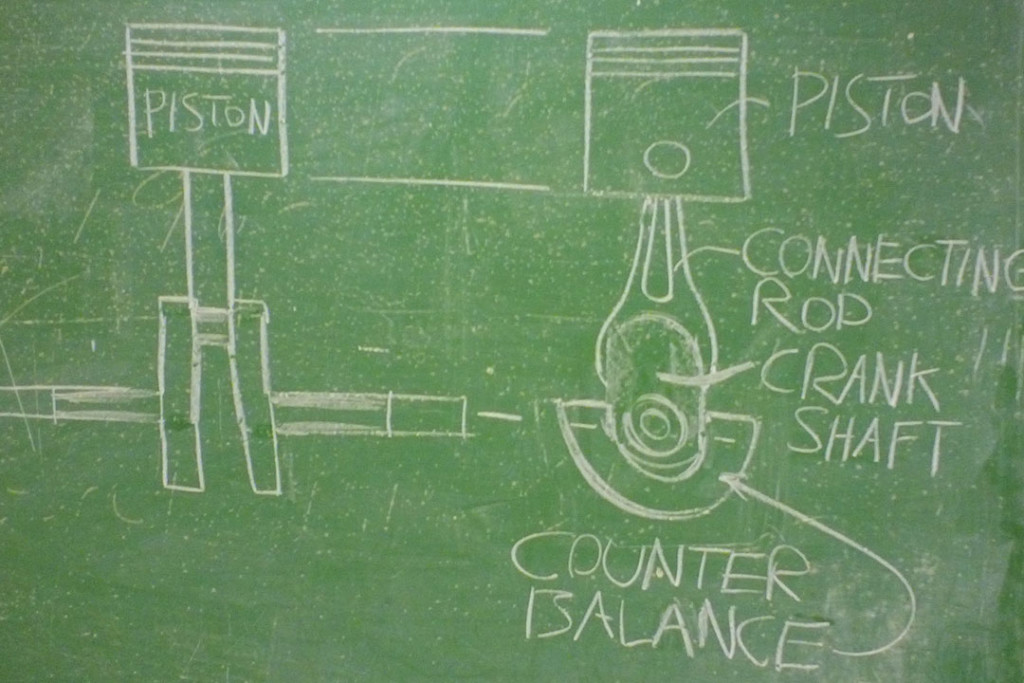
High school shop classes got trashed in the 90s. I think there was some overcorrection, some fear from parents who didn’t want their kids stuck working in a factory. It makes sense but Henry Ford worked in a factory and started his own business at night. It’s difficult but this is America.
We’re bringing back shop classes and reinventing them as STEM. But, shop teachers need support. Not just equipment but encouragement because if shop teachers don’t market this right, programs will close again.
Donate
Today
Support skilled trade education for future auto restoration technicians.
Campaigns
Give to What You Love
Make a gift that helps the next generation access the education and training they need to begin a career as a classic car technician. Gifts of any size are appreciated and will be used to fund our scholarship and apprenticeship programs.
Sponsor a Piston Scholar
Piston Foundation scholarships are awarded to aspiring technicians to help them begin an auto restoration career. Give to the car culture you love. 100% goes to fund scholarships.
Cars for Piston Scholars
Turn your collector car into education and hands-on training for aspiring collector car technicians. Your car can change lives. 100% goes to fund scholarships.
Give to What You Love
Make a gift that helps the next generation access the education and training they need to begin a career as a classic car technician. Gifts of any size are appreciated and will be used to fund our scholarship and apprenticeship programs.
Sponsor a Piston Scholar
Piston Foundation scholarships are awarded to aspiring technicians to help them begin an auto restoration career. Give to the car culture you love. 100% goes to fund scholarships.
Cars for Piston Scholars
Turn your collector car into education and hands-on training for aspiring collector car technicians. Your car can change lives. 100% goes to fund scholarships.
Subscribe
Sign up for our monthly email with stories, updates, and volunteer opportunities.

